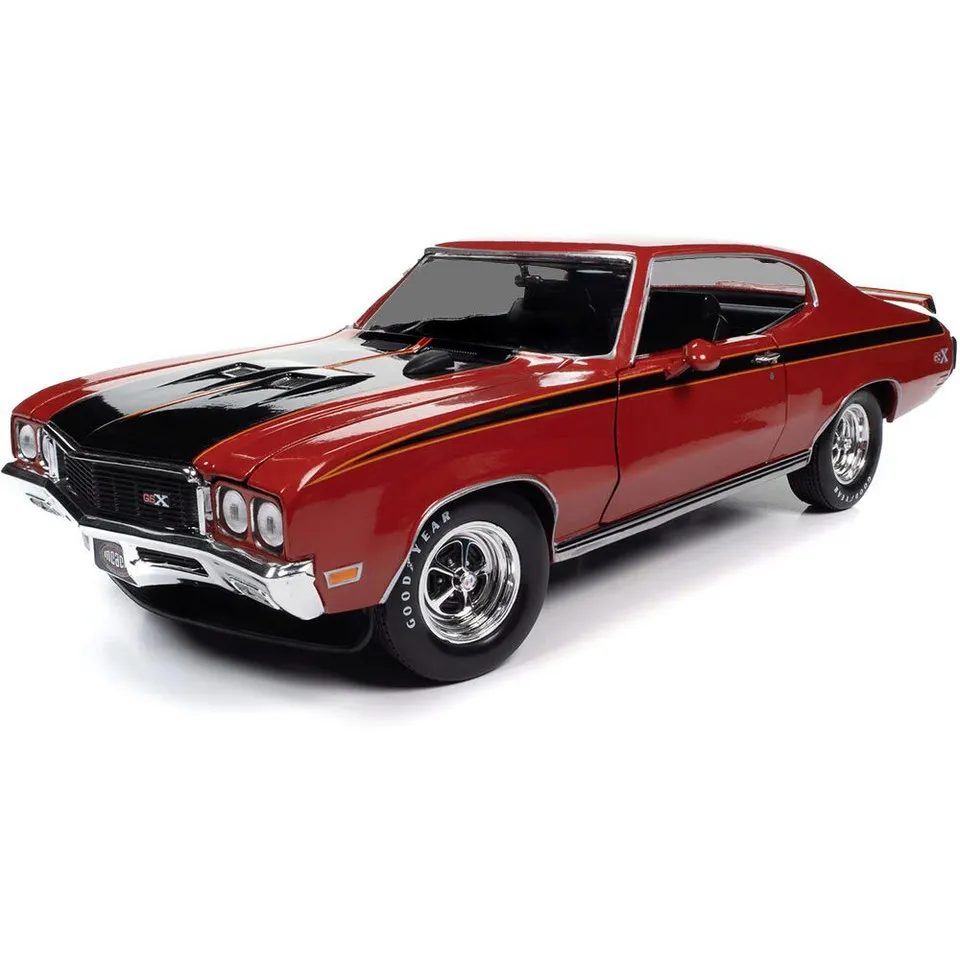What are Diecast Toy Car Models?
Diecast toy car models are miniature replicas of real-life vehicles, meticulously crafted to capture the essence of the originals. These models are not just toys; they are collectibles, representing various makes, models, and eras of automotive history. The term “diecast” refers to the manufacturing process where molten metal, typically zinc alloy, is injected into a mold under high pressure. This process allows for intricate detailing and accurate representations of the car’s design. Collectors and enthusiasts of all ages enjoy diecast models, appreciating the craftsmanship, realism, and the ability to own a piece of automotive history in a compact form. From classic vintage cars to modern supercars, diecast models offer something for everyone.
Scale and Accuracy of Diecast Toy Car Models
Scale is a crucial aspect of diecast toy car models, as it determines the size relationship between the model and the actual vehicle. Common scales include 1:18, 1:24, and 1:43, meaning that the model is 1/18th, 1/24th, or 1/43rd the size of the original car. Accuracy in scale is paramount, ensuring that the proportions and dimensions of the model are as close as possible to the real car. This includes the overall length, width, height, and the size of individual components like wheels, doors, and windows. Accurate scaling enhances the model’s realism and appeal to collectors, who appreciate the attention to detail. Many manufacturers strive for high levels of accuracy, using blueprints and detailed specifications to create their models. Proper scale also impacts how the models are displayed and collected, allowing enthusiasts to build comprehensive collections.
1:32 vs 1:24 vs 1:18 Scale
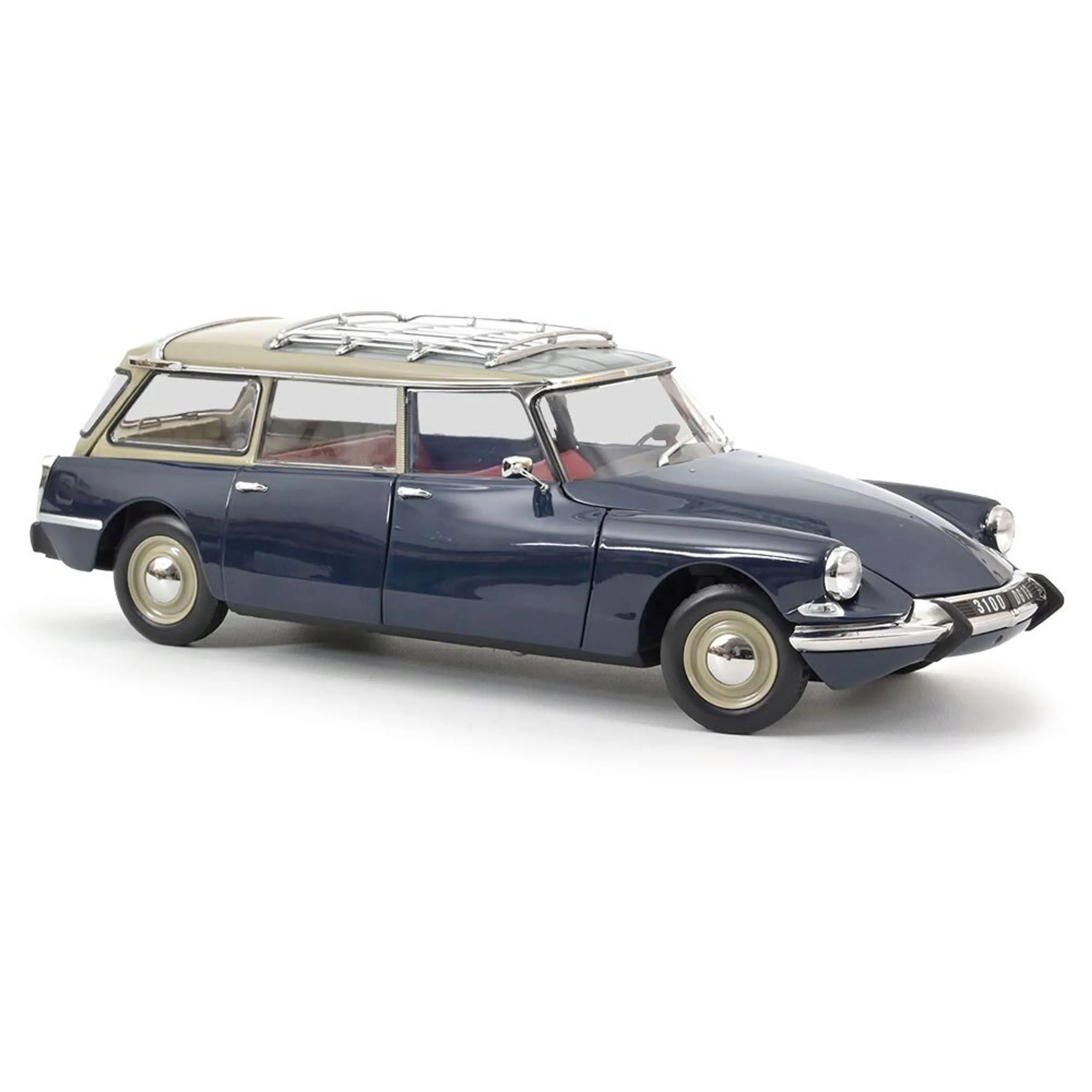
The scale of a diecast toy car model significantly impacts its size, level of detail, and price. The most popular scales, such as 1:18, 1:24, and 1:32, each offer unique advantages. 1:18 scale models are generally larger and allow for a greater level of detail, making them ideal for showcasing intricate features. These models are often highly detailed, with opening doors, hoods, and trunks, as well as detailed interiors and engine compartments. 1:24 scale models offer a good balance of size and detail, making them popular among collectors. They are smaller than 1:18 scale, which may appeal to those with limited display space, and typically include detailed features. 1:32 scale models are generally the smallest of the three, and are more affordable. Each scale has its own advantages, catering to different collectors’ needs and preferences, from display space to detail level and, of course, the budget.
Materials Used in Diecast Toy Car Models
The materials used in diecast toy car models play a significant role in their durability, appearance, and overall quality. The primary material is typically zinc alloy, which is injected into molds to create the main body of the car. This material is known for its ability to capture fine details and its strength. Additional materials such as plastics, rubber, and various metals are used to create different components like tires, windows, and interior details. High-quality models often use premium materials, leading to a more realistic and visually appealing finish. The combination of materials also enhances the model’s structural integrity and allows for opening doors, hoods, and other features. The careful selection and combination of these materials are crucial to a model’s authenticity and appeal.
Zinc Alloy Diecast Construction
Zinc alloy is the cornerstone of diecast model construction, lending the models their distinctive weight and durability. The diecasting process involves injecting molten zinc alloy into a mold under high pressure, allowing manufacturers to create complex shapes with incredible precision. This process enables the detailed replication of the car’s body, capturing features such as curves, panel lines, and surface details. The resulting models are robust, resistant to wear and tear, and able to withstand handling and display. The use of zinc alloy allows for a high level of realism, as it allows for intricate designs. Its longevity also makes the models suitable for collecting and preserving over many years. The alloy’s ability to take paint well ensures vibrant colors and detailed finishes, enhancing the overall aesthetic appeal.
Plastic and Rubber Components
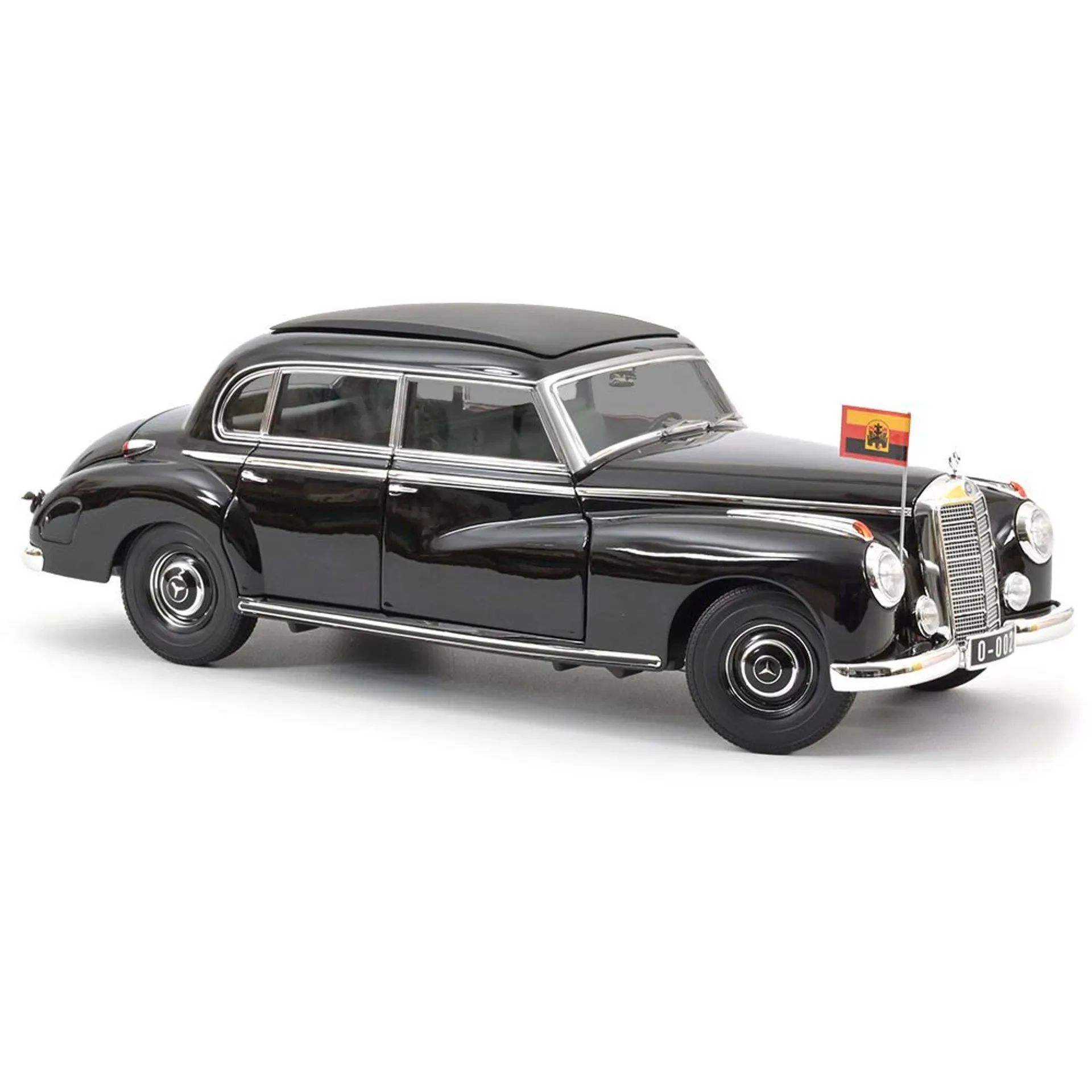
While zinc alloy forms the core, plastics and rubber play essential roles in the construction of diecast toy car models. Plastic is extensively used for components such as interior parts, dashboards, seats, and smaller details. This material allows manufacturers to mold intricate shapes and create precise features. Rubber is almost exclusively used for the tires, offering both a realistic look and the ability to roll smoothly. The use of these materials adds to the model’s overall detail and realism. High-quality models often utilize various types of plastics to replicate different textures and finishes, enhancing the visual appeal. The combination of different materials also ensures the model can be durable.
Detailing and Paintwork of Diecast Toy Car Models
The detailing and paintwork are where diecast toy car models truly come to life, transforming them from simple replicas to stunning pieces of art. The level of detail can vary, but high-quality models feature intricate elements such as detailed grilles, headlights, taillights, and even miniature emblems and logos. The paintwork is equally important, with many models employing multiple layers of paint to achieve a realistic and glossy finish. Accurate color matching to the original vehicles is crucial, and manufacturers often use advanced techniques to ensure the paint is applied evenly and without flaws. This attention to detail, combined with meticulous detailing, enhances the overall realism and value of the model, making it a prized collectible. From the texture of the seats to the shine of the paint, every aspect is carefully considered to recreate the original car in miniature.
Interior Detailing
Interior detailing is a significant factor in the overall appeal of diecast models, adding a sense of realism. High-quality models boast intricate details, including accurately replicated dashboards with gauges and dials, steering wheels, gear shifts, and even seat belts. The use of different colors and textures helps to simulate the look and feel of the real car’s interior. Some models include features like fabric seats, carpeted floors, and even working lights to enhance the interior’s realism. The attention to detail extends to the smallest elements, with accurately reproduced door panels, center consoles, and other interior features. This level of detail enhances the overall value of the model, making it more attractive to collectors who appreciate authenticity.
Exterior Detailing
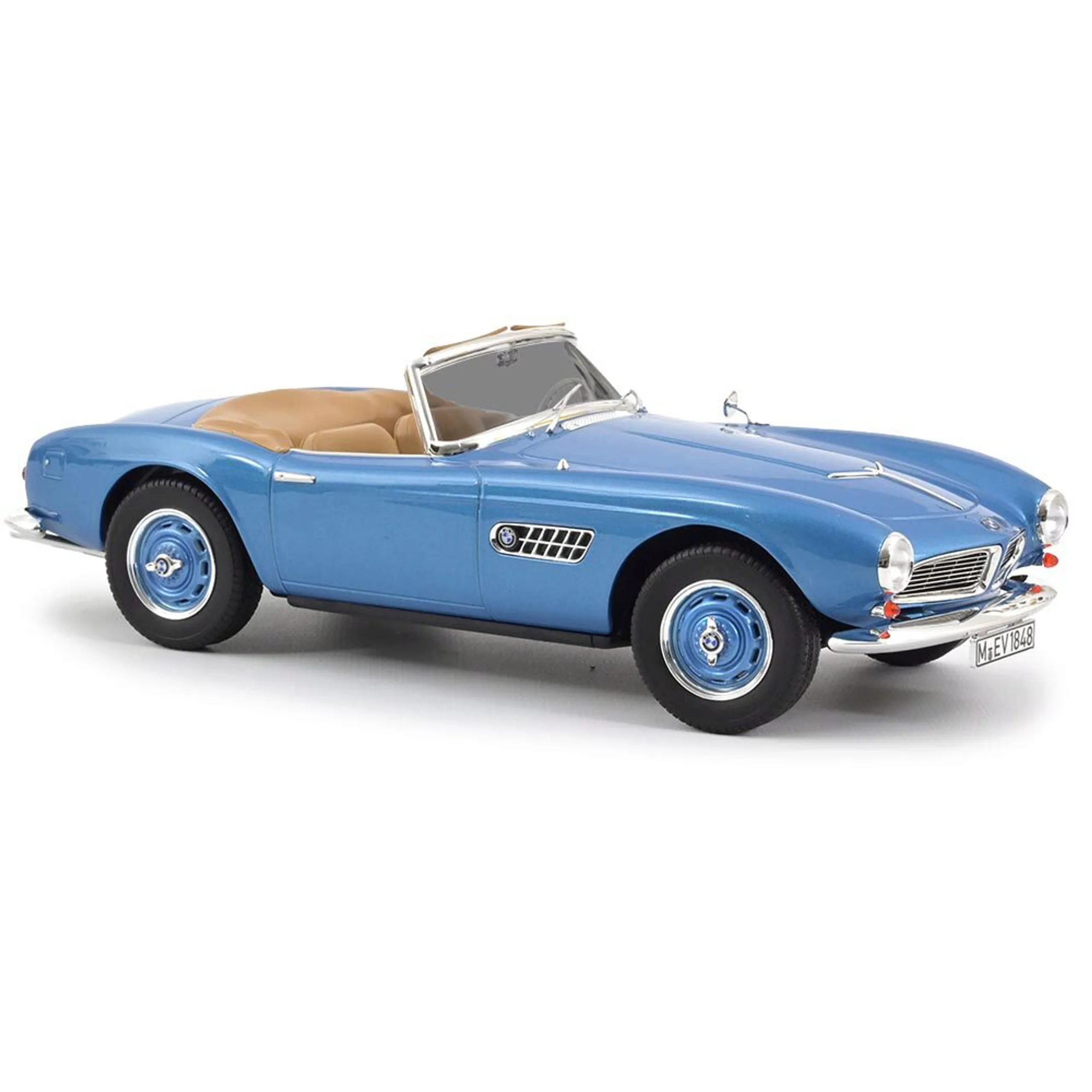
Exterior detailing is crucial for creating an accurate and attractive diecast model. This includes meticulously crafted grilles, headlights, taillights, and mirrors. Many models also feature detailed badging, emblems, and logos to further enhance their realism. The paintwork plays a significant role, and the use of multiple layers of paint and clear coats gives the model a glossy, polished finish. Furthermore, many models feature realistic tires with detailed tread patterns and accurately replicated wheels. The meticulous detailing extends to elements such as door handles, window trim, and even the wipers. The goal is to create a miniature replica that is as close as possible to the original vehicle, making it a prized piece for collectors.
Opening Features on Diecast Toy Car Models
Many diecast toy car models feature opening parts, such as doors, hoods, and trunks, adding another layer of realism and interactivity. These features allow collectors to examine the interior and engine compartment, increasing the model’s appeal. The opening parts are typically hinged and designed to operate smoothly, showcasing the craftsmanship and attention to detail. The ability to open and close these parts enhances the model’s playability and collectability. Opening features add significant value to the models. The functionality of opening doors, hoods, and trunks adds another dimension to the experience of owning and appreciating these miniature replicas.
Doors, Hoods, and Trunks
Opening doors, hoods, and trunks are common features in high-quality diecast models, allowing collectors to access and admire the interior and engine details. The doors often open and close smoothly. The hood opens to reveal a detailed engine compartment, with accurately reproduced engines, belts, and other components. The trunk often opens to show the spare tire. This functionality enhances the realism and collectability of the model, allowing for a more immersive experience. The ability to interact with these parts adds to the appeal of diecast models, especially for enthusiasts who appreciate the intricacies of the car’s design. This attention to detail is a sign of quality and adds to the value of the models.
Wheels and Suspension
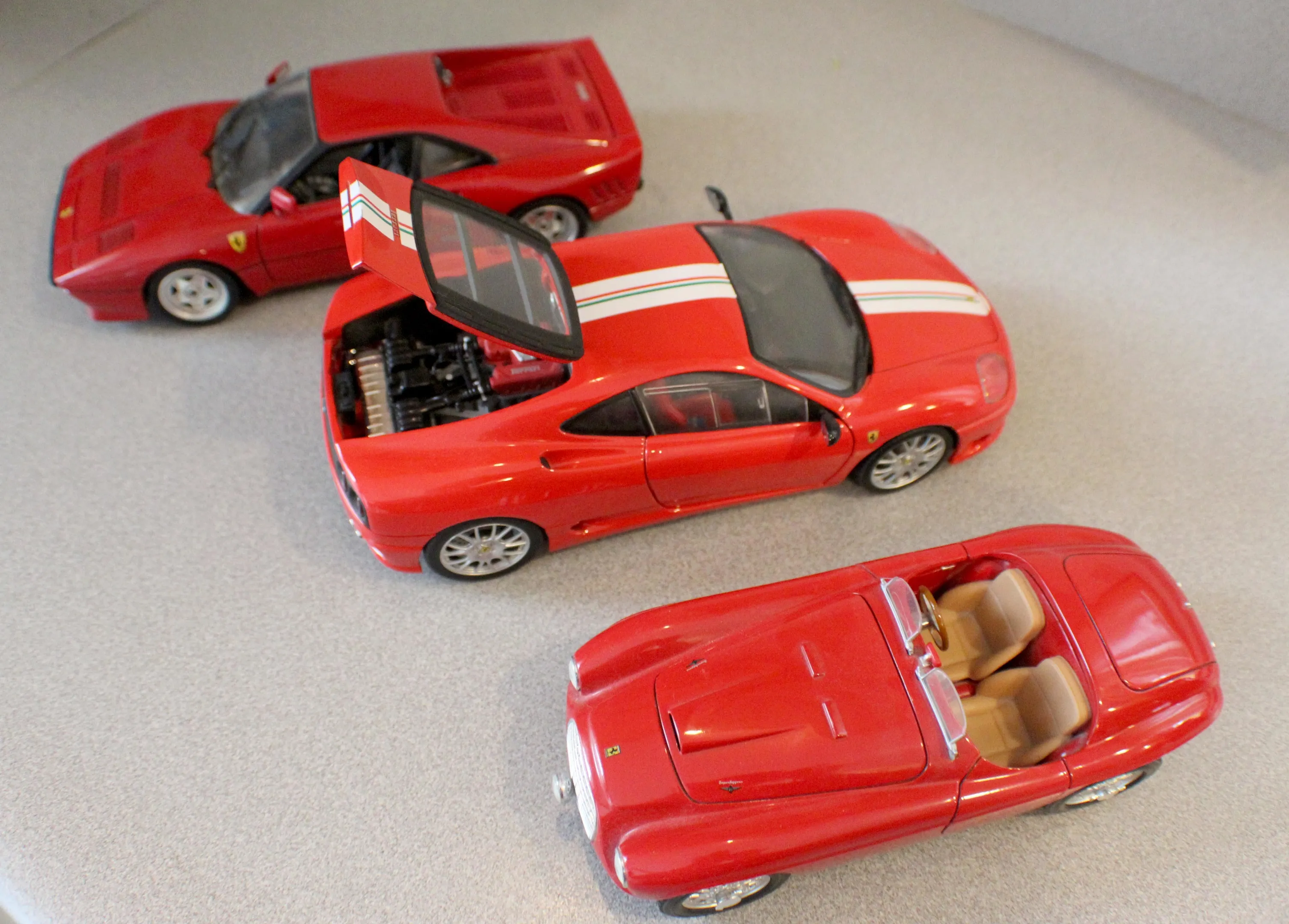
The wheels and suspension systems of diecast toy car models play a critical role in the model’s appearance and playability. Realistic wheels often feature intricate designs and details, reflecting the original car’s wheel style. Many models include functional suspension systems, allowing the wheels to move up and down. The inclusion of suspension enhances the model’s realism and provides a more authentic feel. The suspension system typically incorporates springs or dampers, giving the model a degree of flexibility. These details make the model more attractive to collectors and enthusiasts who appreciate accurate and detailed replicas. The quality of the wheels and suspension significantly affects the overall presentation and value of the diecast model.
Packaging and Presentation of Diecast Toy Car Models
The packaging and presentation of diecast toy car models are important aspects of their overall value and appeal. Many models come in attractive boxes or display cases. These packages often include detailed information about the car, the manufacturer, and the scale of the model. Collectors often appreciate the packaging as part of the overall experience, preserving it alongside the model. The packaging protects the model and enhances its presentation, and is a part of the item’s overall value. High-quality packaging often includes clear windows to showcase the model. The packaging also plays a role in the model’s perceived value and collectibility, enhancing its appeal to both new and experienced collectors.
Collector’s Value and Rarity
The value of diecast toy car models can vary widely, influenced by factors such as rarity, brand, scale, and condition. Certain models, particularly limited editions or those representing rare vehicles, can command high prices among collectors. The brand of the model also impacts its value, with established manufacturers known for high-quality and attention to detail often commanding higher prices. The condition of the model and its original packaging is crucial in determining its value. Models in pristine condition, with original boxes and accessories, are often more valuable than those with wear and tear. The collector’s market is driven by both historical significance and the overall appeal of the model.
Factors Affecting Value
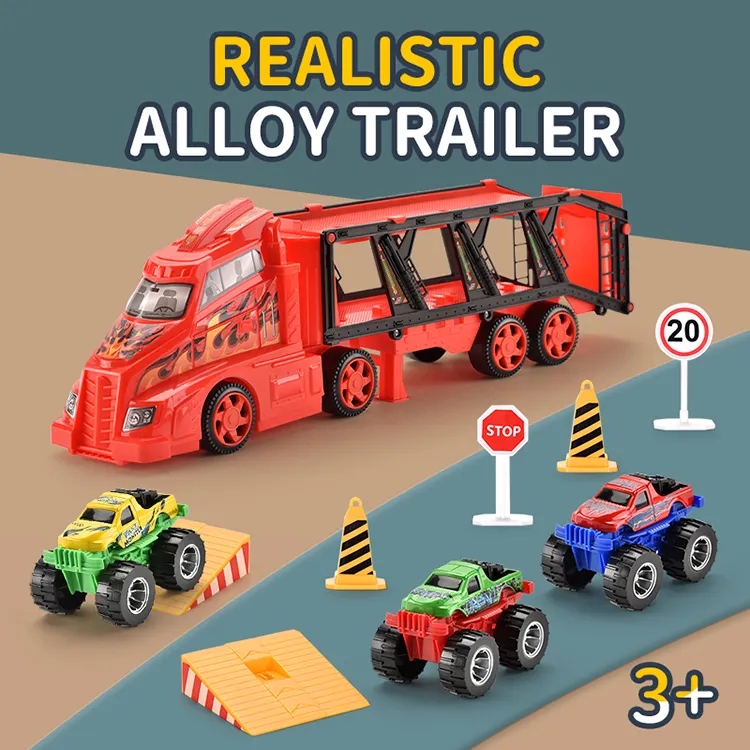
Several factors affect the value of diecast toy car models. Rarity is a key factor, with limited edition models or those produced in smaller quantities often being more valuable. The brand and manufacturer also play a role, with well-respected brands known for high quality typically commanding higher prices. Condition is crucial; models in mint condition with their original packaging are significantly more valuable than those with damage or missing parts. The scale and level of detail also affect value, with larger scales and more detailed models often being more sought after. Historical significance and the representation of rare or iconic vehicles can drive up prices. Understanding these factors is important for collectors seeking to build valuable collections.
Popular Brands of Diecast Toy Car Models
Several brands have established themselves as leaders in the diecast toy car model market. These brands are known for their high-quality, attention to detail, and dedication to replicating vehicles accurately. Some of the most popular brands include: Autoart, known for its high level of detail and realistic designs; Minichamps, offering a wide range of models with a focus on racing cars; Bburago, known for its affordable and popular models; and Hot Wheels, a brand that offers a wide range of diecast toy cars. The brands’ reputation is a significant factor in the collector’s market. Choosing the right brand is essential for any collector, whether they are a beginner or a long-time enthusiast.
